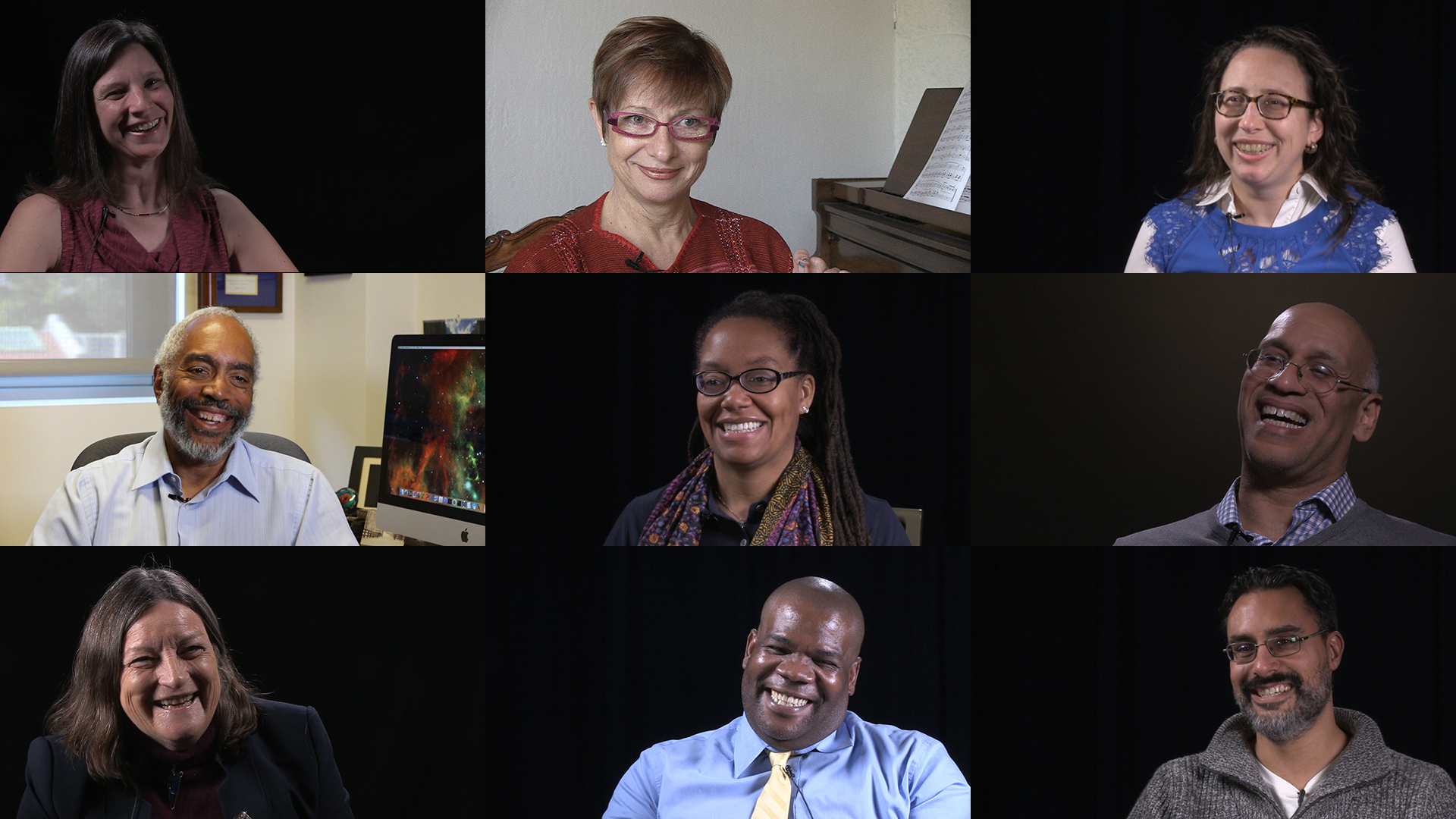 “The stars are there for everyone to see, and anyone can study their mysteries.”
“The stars are there for everyone to see, and anyone can study their mysteries.”
Ask anyone in the United States to picture a space scientist, do an internet image search for ‘scientist,’ ‘astronomer,’ or ‘physicist,’ or open up a children’s book about different careers and you will overwhelming get pictures of white men in white lab coats holding flasks of colored liquids. Putting aside the colorful liquids and lab coats, why are they mostly white men?
The truth is, if the average American has ever encountered an actual space scientist they probably were a white man. About 80% of space scientists in the United States are men, and 80% are white.
Full Spectrum is a documentary film project telling the stories of research scientists and engineers who identify with groups underrepresented in the space sciences in the United States (African Americans, Latinos, Native Americans, Asians, Women, LGBTIQ people, and persons with disabilities).